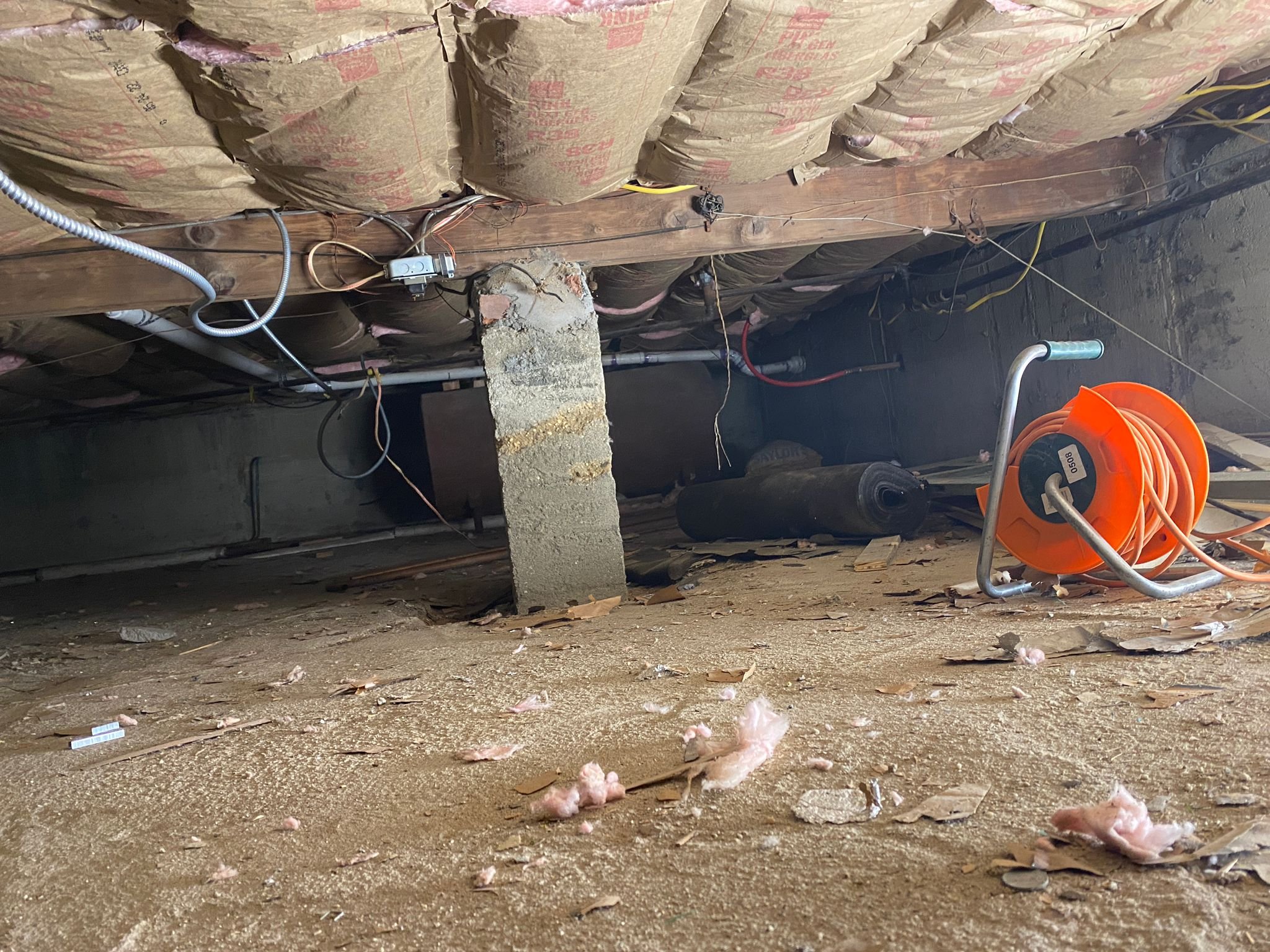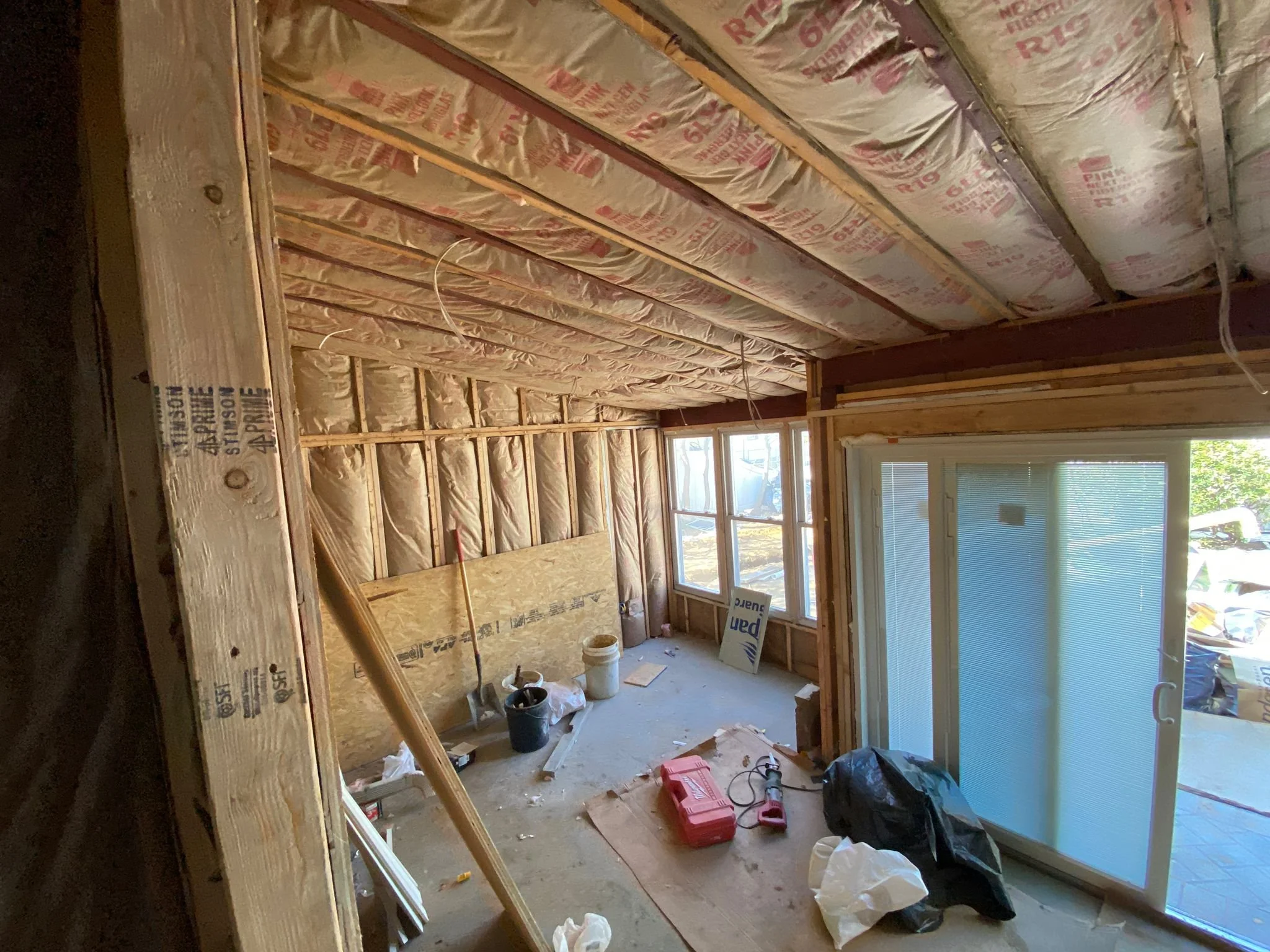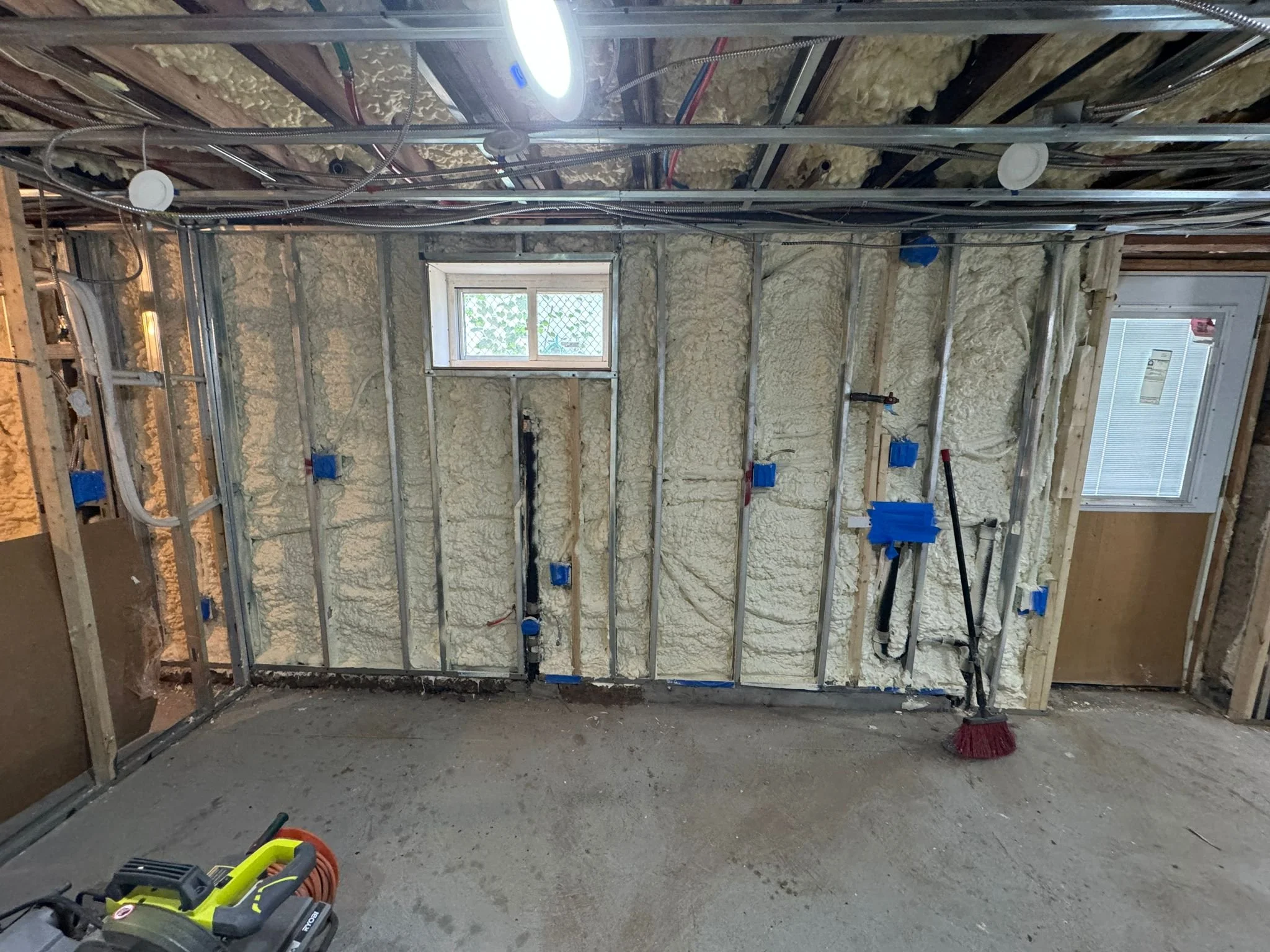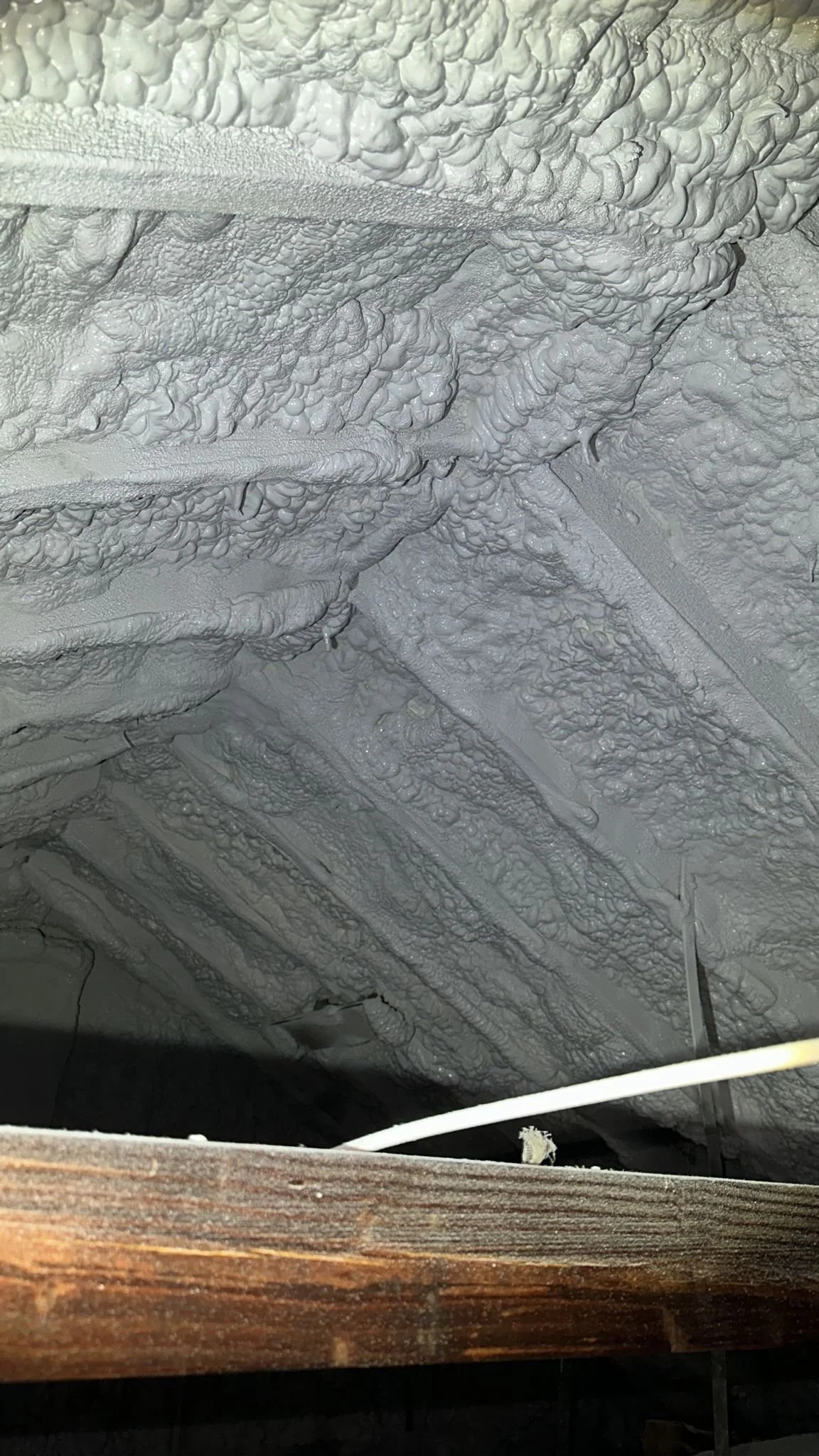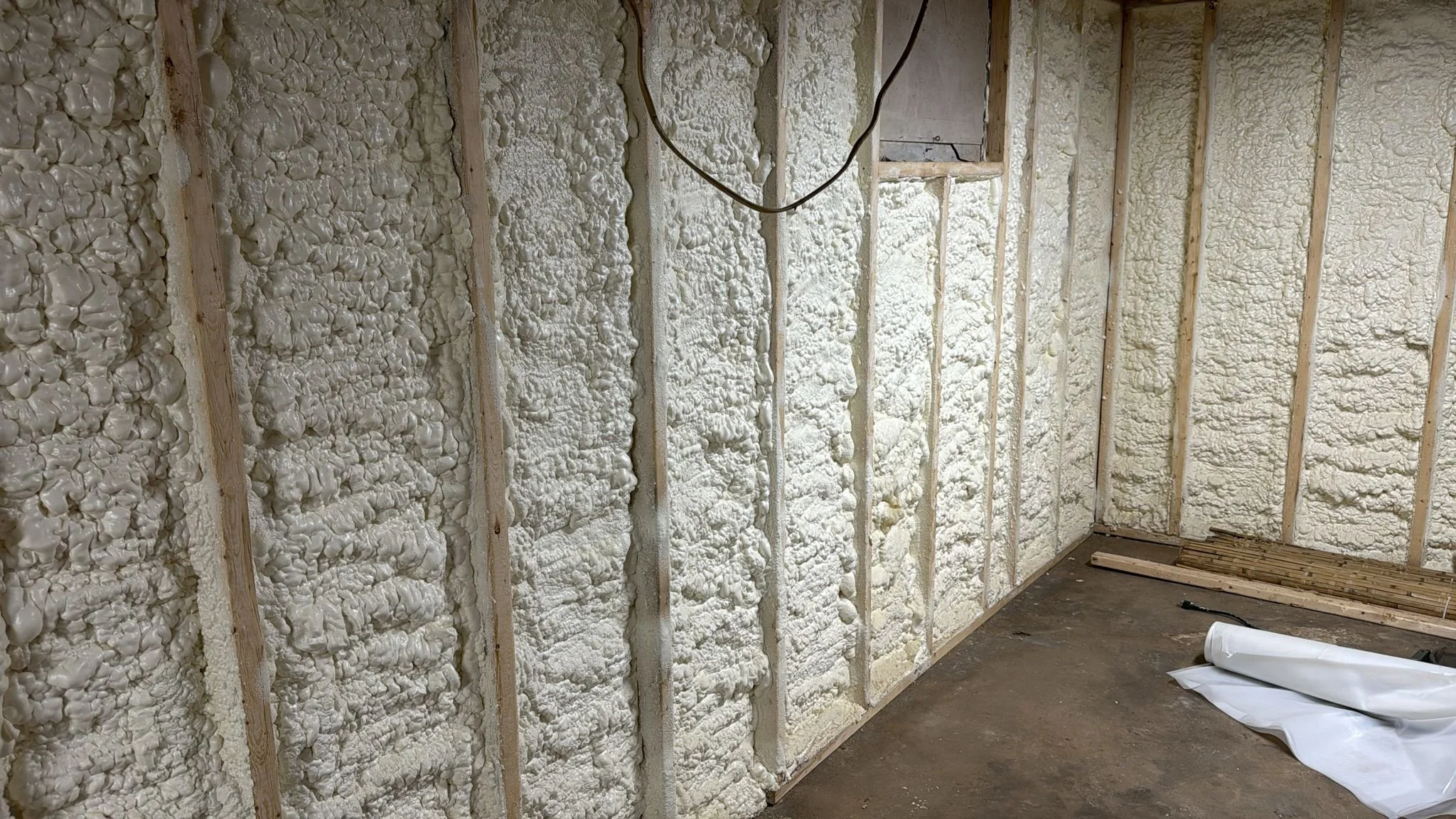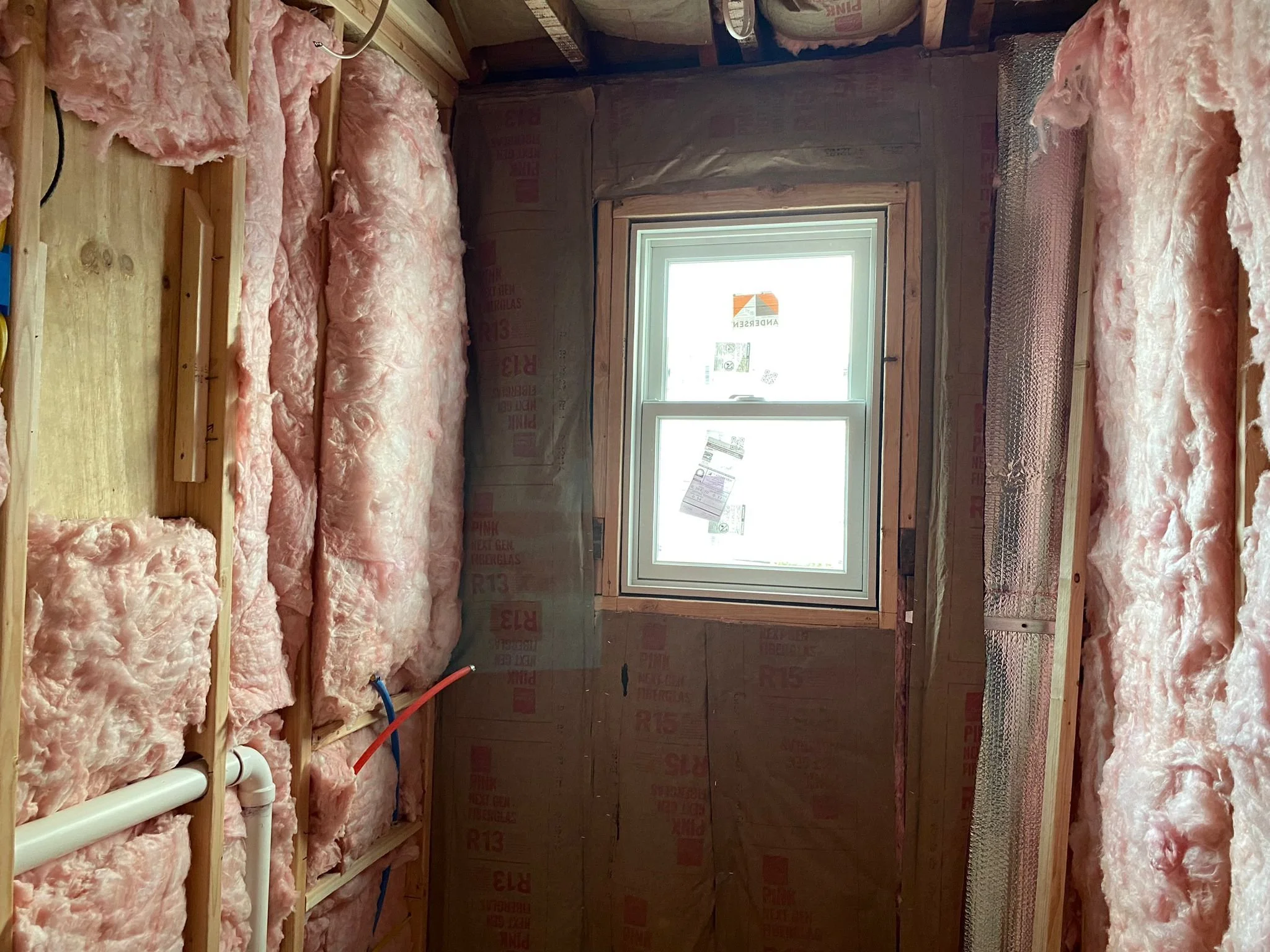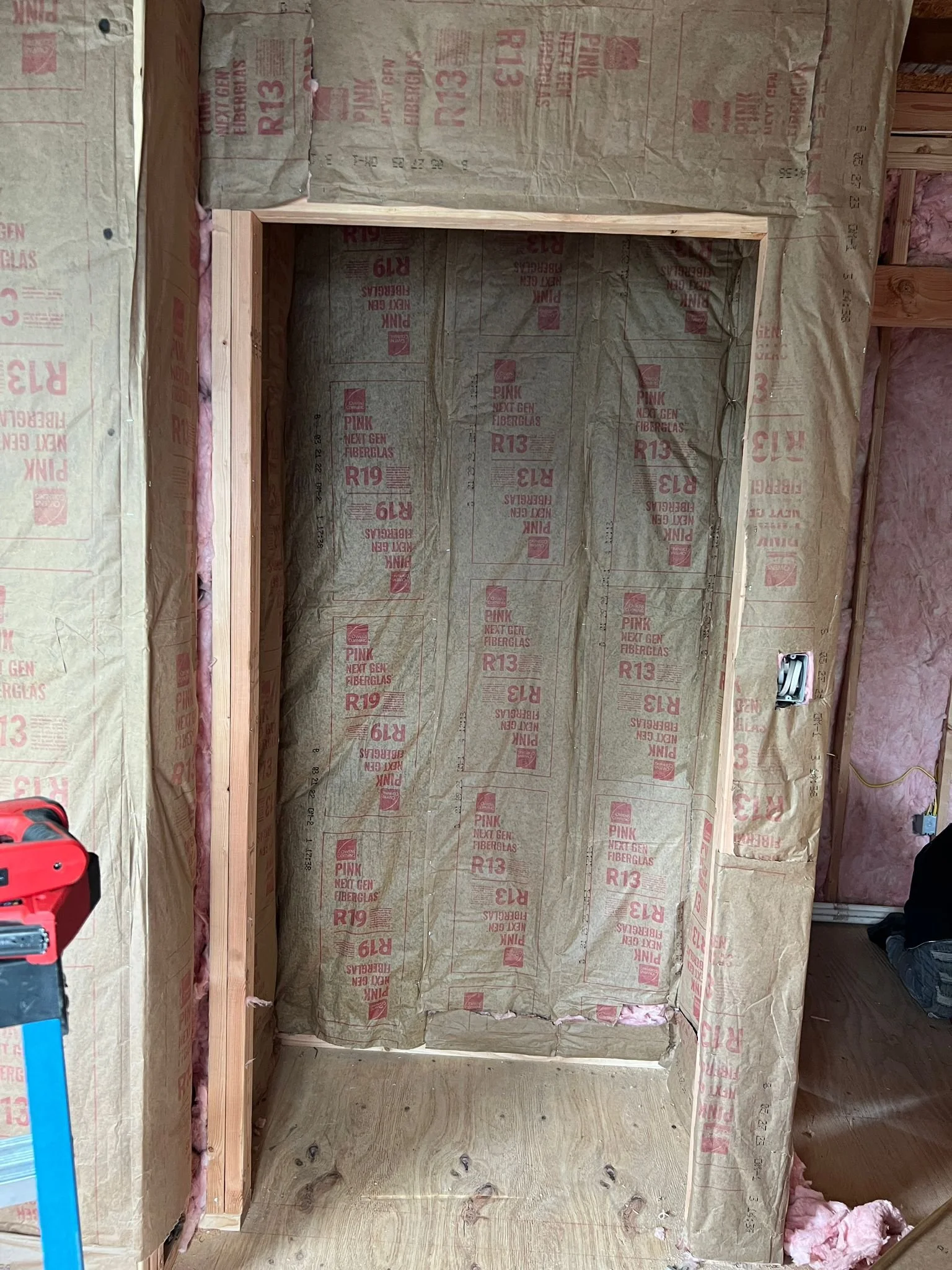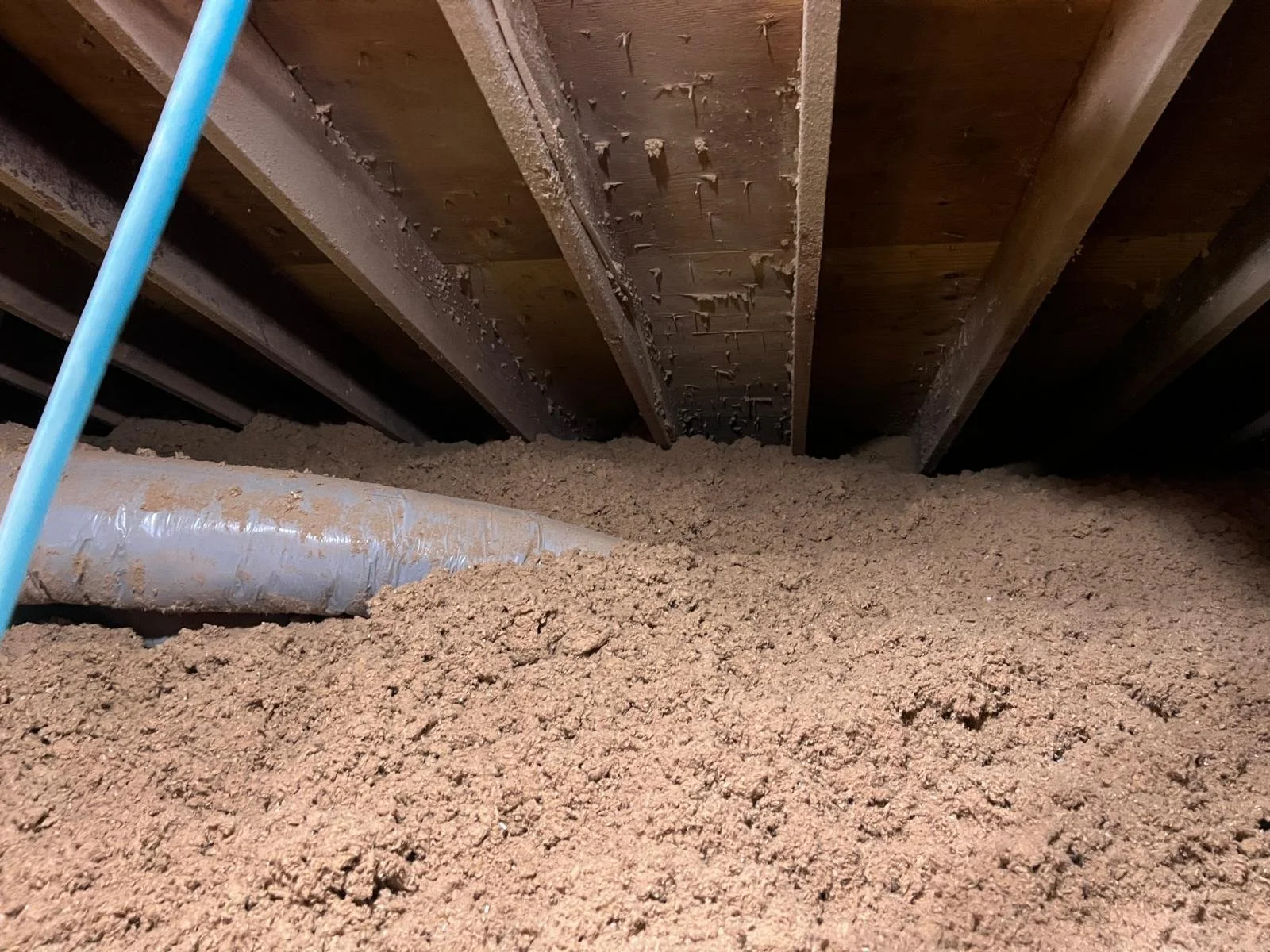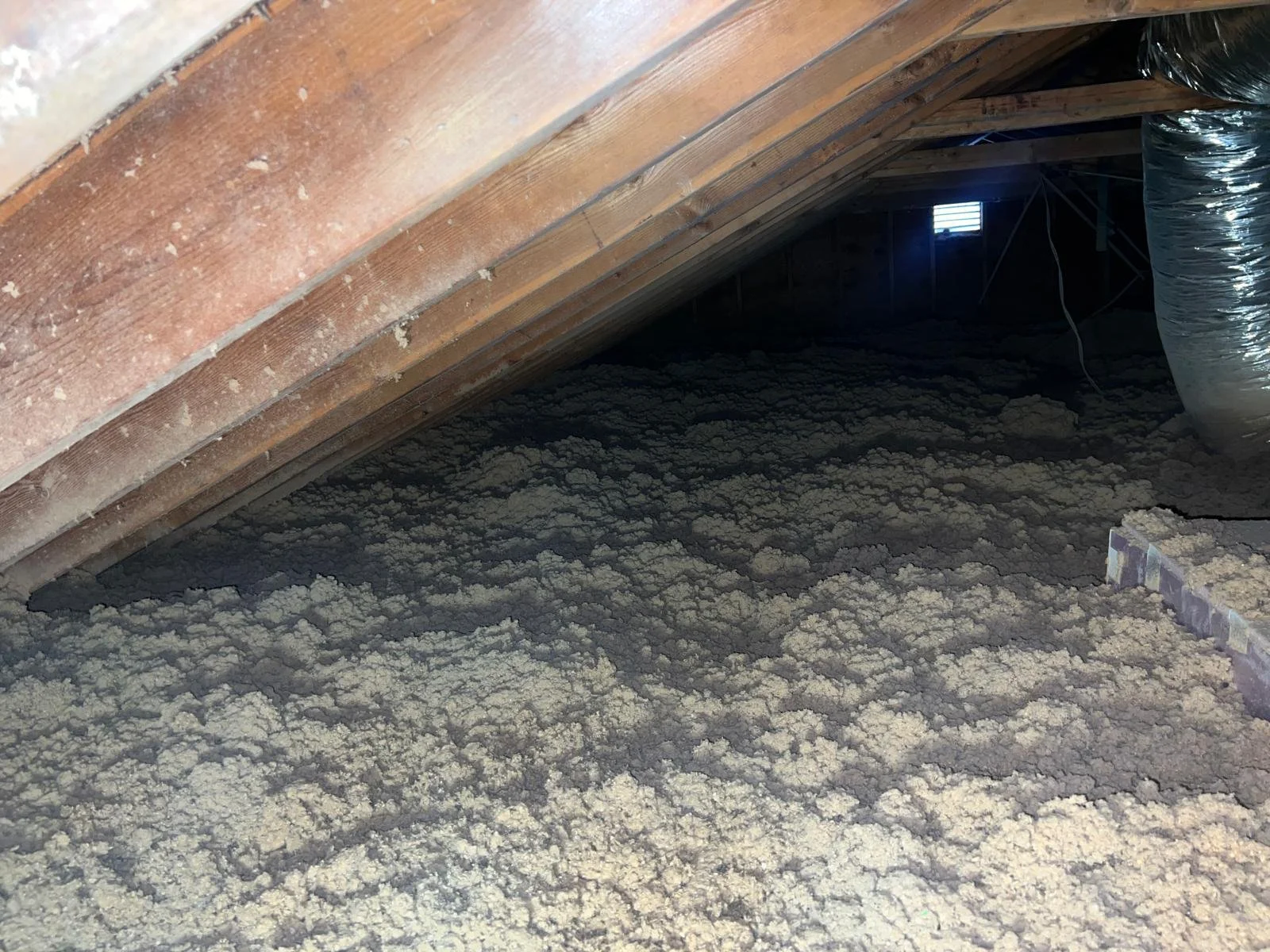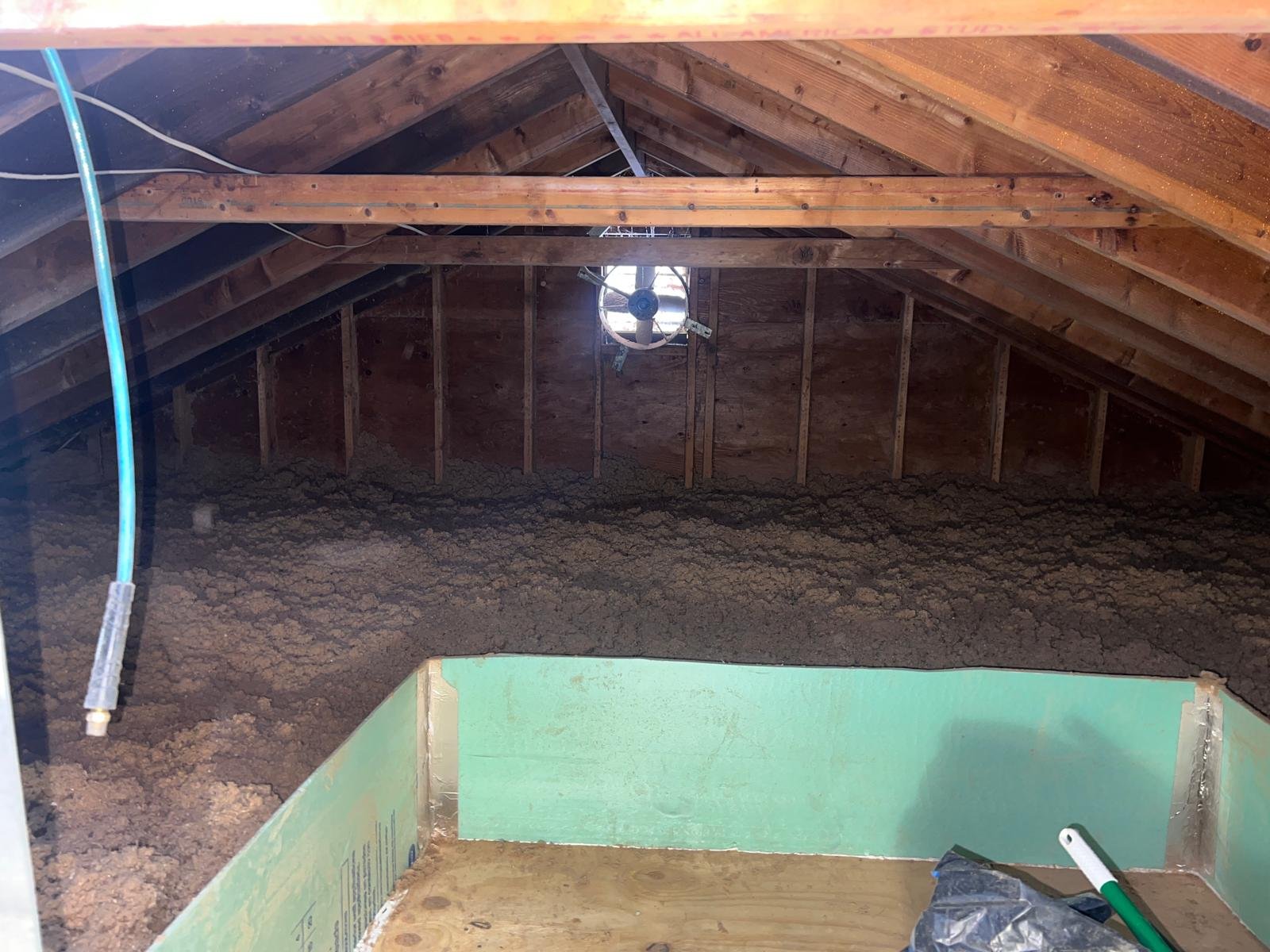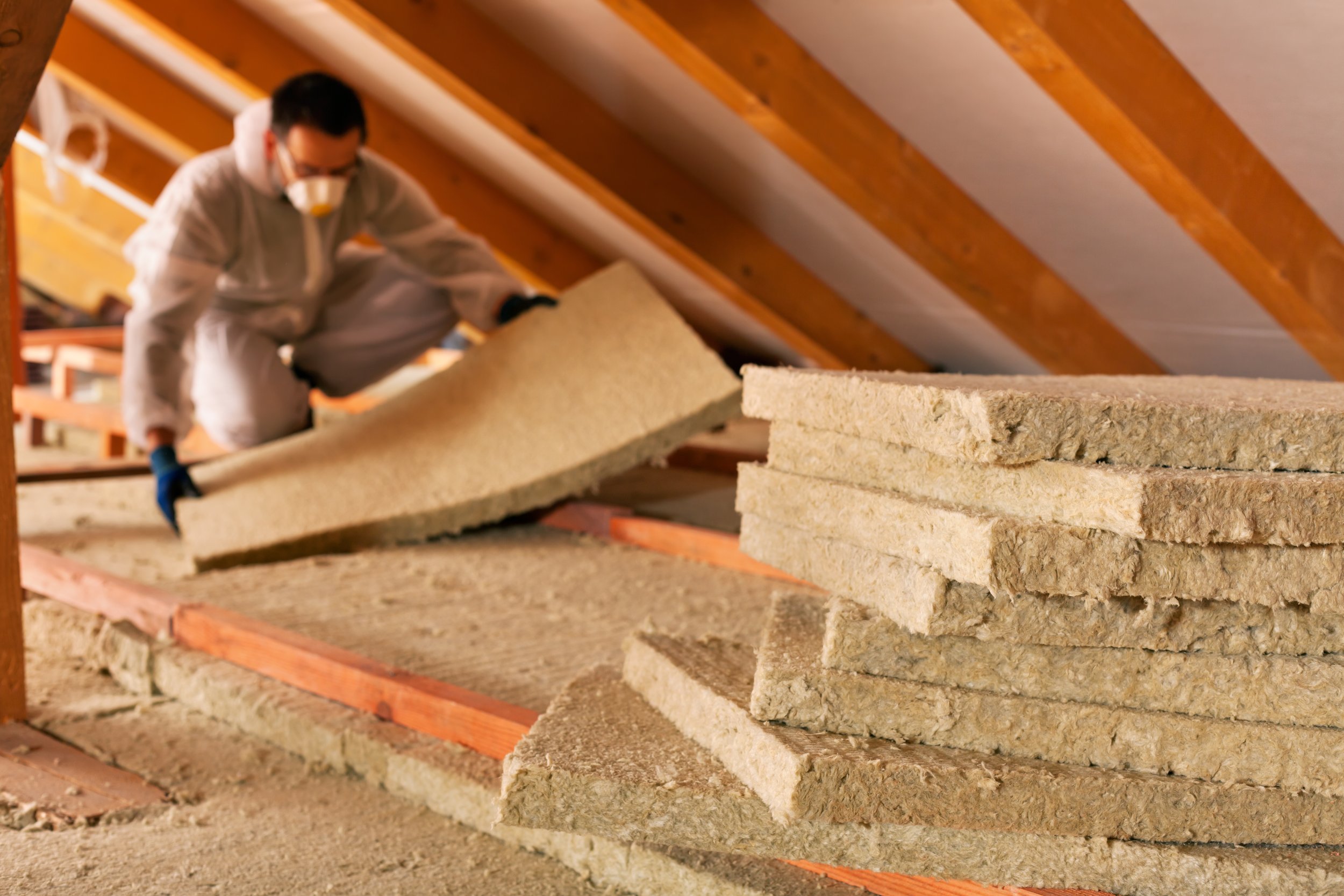
INSULATION
At SIBS Mechanical, we are proud to bring over 12 years of industry expertise to every insulation project we undertake. Specializing in expert insulation installation, we are committed to providing our clients with superior craftsmanship and lasting results.
Our team of skilled professionals is trained to use the highest-quality materials combined with the latest insulation techniques to ensure your property is not only comfortable but also energy-efficient. By addressing your unique needs and ensuring precise installation, we help reduce energy costs while keeping your home at an ideal temperature throughout the year.
Choosing the right insulation for your home is essential for achieving energy efficiency, comfort, and cost savings. Each type of insulation has unique features and benefits suited to different applications. Here's an in-depth look at the most common types of insulation we install:
Spray Foam Insulation
Spray foam insulation is a versatile, high-performance material that is applied as a liquid and expands to form a solid, airtight seal.
Features:
Open-Cell Spray Foam: Lightweight and flexible, ideal for interior spaces like walls and ceilings where soundproofing is also a goal.
Closed-Cell Spray Foam: Denser and more rigid, offering higher thermal resistance and acting as a moisture barrier.
Benefits:
Creates an airtight seal that reduces air leaks and drafts.
Provides excellent thermal resistance (high R-value).
Acts as a moisture barrier, preventing mold and mildew.
Suitable for hard-to-reach spaces, gaps, and irregular surfaces.
Best For:
Attics, crawl spaces, basements, and walls.
Fiberglass Insulation
Fiberglass is one of the most widely used insulation materials, available in batts, rolls, or loose-fill forms.
Features:
Made from tiny glass fibers woven into flexible mats or loose-fill.
Available in different thicknesses to suit various applications.
Benefits:
Cost-effective and readily available.
Non-combustible and resistant to moisture damage.
Provides reliable thermal and acoustic insulation.
Best For:
Attics, walls, floors, and ceilings in standard-sized spaces.
Cellulose Insulation
Cellulose is an eco-friendly insulation option made from recycled paper treated with fire retardants.
Features:
Installed as loose-fill material, either blown into spaces or dense pack.
Treated with borates for fire resistance and pest control.
Benefits:
Excellent thermal resistance and air-sealing properties.
Reduces noise and provides effective soundproofing.
Environmentally friendly and sustainable.
Best For:
Attics, walls, retro-fitting and hard-to-reach areas.
How Insulation Installation Works
Installing insulation is a critical process that helps improve your home’s energy efficiency, comfort, and noise control.
1. Assessment and Planning
Before any installation begins, our team conducts a thorough assessment of your home. We evaluate:
Existing insulation (if any)
Areas where heat loss or air leaks occur (e.g., attics, walls, basements)
The type of insulation material best suited to your property and goals (spray foam, fiberglass, or cellulose).
We create a customized insulation plan to maximize energy savings and comfort while adhering to local building codes.
2. Preparation of the Space
Preparation ensures a clean and efficient installation process:
Existing insulation, if damaged or insufficient, is carefully removed.
Any structural repairs or sealing of air leaks are completed to ensure a strong base for insulation.
The area is cleaned to remove debris or contaminants that might interfere with proper insulation placement.
3. Installation of Insulation
The chosen insulation material is installed following industry best practices:
Spray Foam Insulation
Applied using specialized equipment, spray foam expands to fill gaps, cracks, and cavities.
This creates a seamless barrier that prevents air leakage and provides superior thermal resistance.
Fiberglass Insulation
Fiberglass batts or rolls are cut to fit snugly between wall studs, floor joists, or attic beams.
Care is taken to ensure no gaps are left that might reduce effectiveness.
Cellulose Insulation
Blown-in cellulose is applied using a machine that evenly distributes the material in walls, attics, or tight spaces.
It conforms to irregular shapes, offering excellent coverage and insulation.
4. Final Inspection and Cleanup
After installation, we inspect the work to ensure there are no missed spots or loose areas.
We verify that the insulation meets the desired R-value.
The site is cleaned thoroughly, we leave your home how we would like ours to be treated.
5. Post-Installation Benefits
Once the insulation is in place, most customers experience immediate benefits which can include but not limited to:
Lower energy bills due to reduced heating and cooling needs.
Improved indoor comfort with consistent temperatures year-round.
Reduced noise thanks to sound-dampening properties of the insulation.
Contact us.
office@sibsmechanical.com
929-448-6323
Inwood, NY 11096

